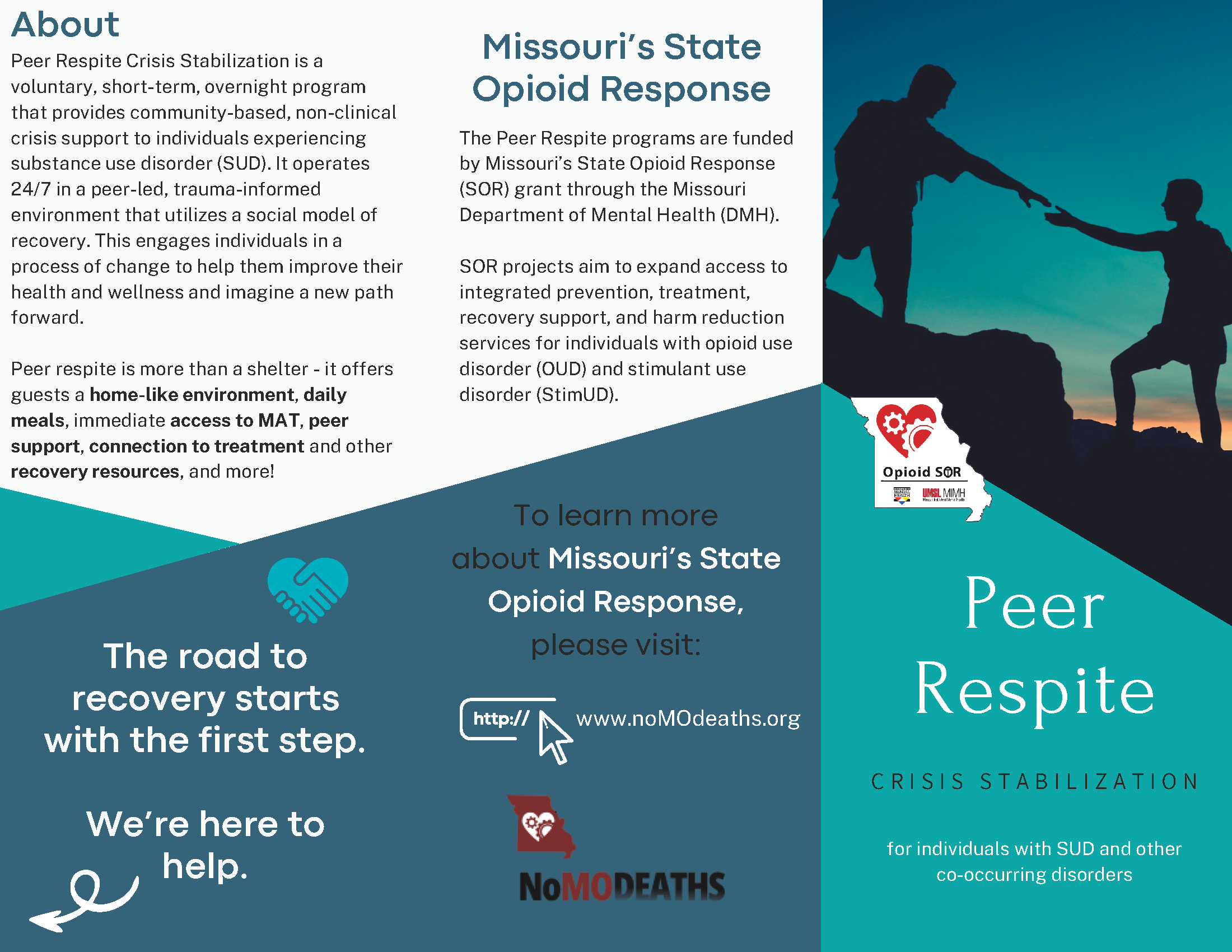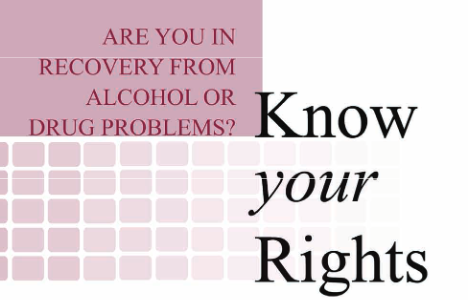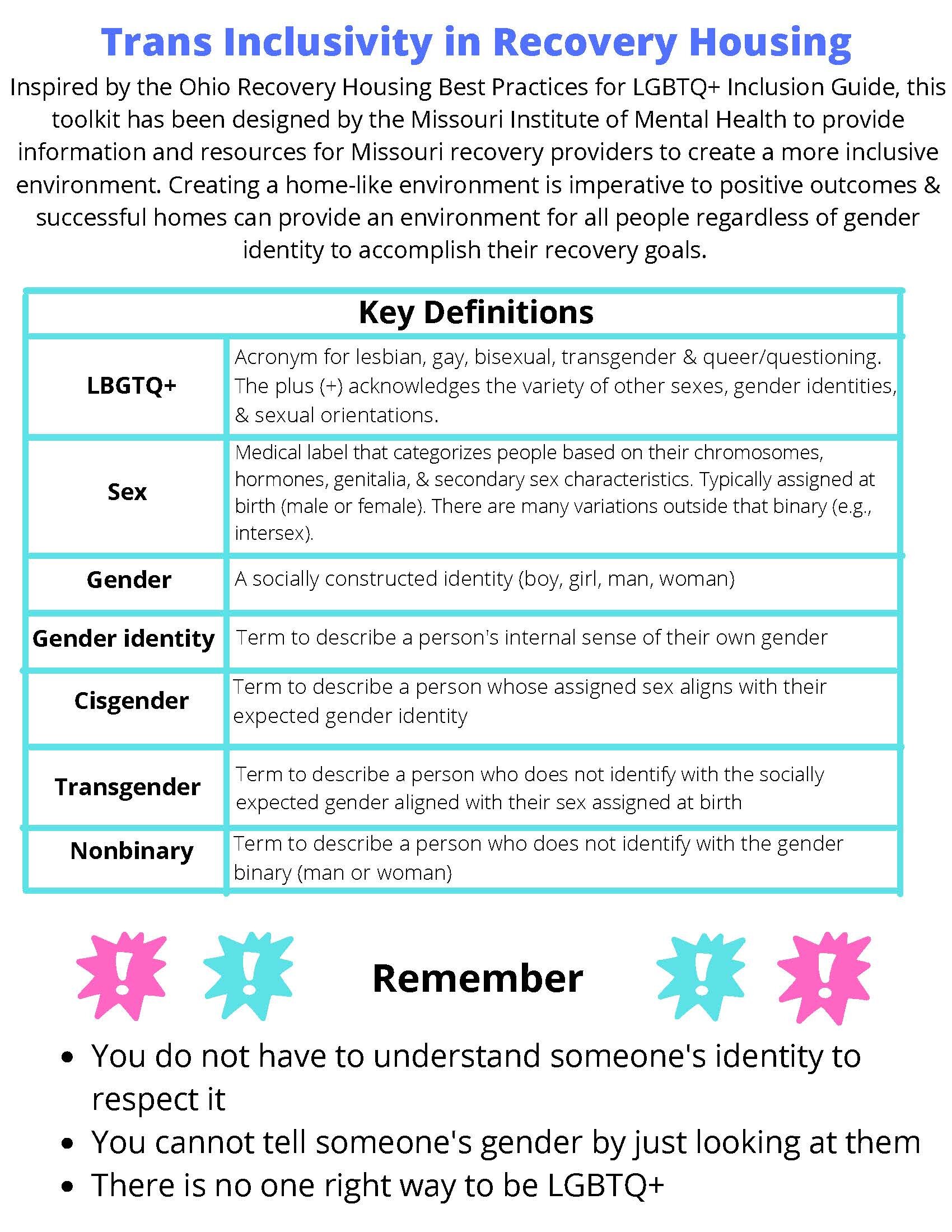Recovery Supportive Housing
Quality Recovery Housing
The Missouri Coalition of Recovery Support Providers (MCRSP), has adopted a set of standards and established an accreditation process in coordination with the National Alliance for Recovery Residences to recognize and support those recovery homes that meet and adhere to these standards in Missouri. Click here for more information on the NARR accreditation affiliation process. In addition to adopting NARR standards, the houses on this list have been approved through the State Opioid Response grant and Missouri Department of Mental Health to be accepting of individuals using medications in their recovery. Housing costs for some residents may be supported through the STR/SOR grants. For more information about how states can promote medication-friendly recovery housing, click here.
Click here or on the “Get Housing” button to view all NARR-accredited, medication-friendly housing facilities for individuals with OUD in Missouri. Please contact the house for information regarding funding options
*Check back on a regular basis as more housing facilities receive accreditation*
Resources for Community:
recovery housing Flyer
This document gives an overview of Peer Respite Crisis Stabilization, which is a voluntary, short-term, overnight program that provides community-based, non-clinical crisis support to individuals experiencing substance use disorder (SUD). Click on the document to learn more about the program and how to get connected.
This resource can be found in the naloxone kits distributed by the SOR Addiction Science team at UMSL-MIMH.
Missouri Peer Respite Crisis Stabilization: First Year Findings Report
Missouri’s Peer Respite Crisis Stabilization Initiative established pilot programs across the state to serve individuals needing care in the gap of services between acute emergency and long-term substance use disorder care.
Check out the First Year Findings Report for more information about how these pilot programs achieved treatment and recovery service connections and improved stable housing outcomes for participants.












